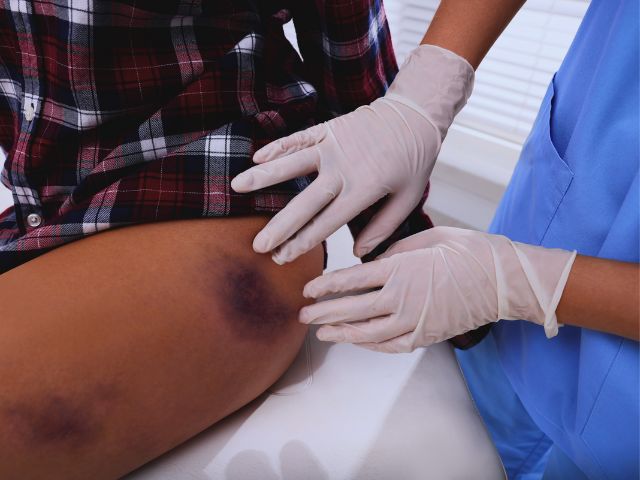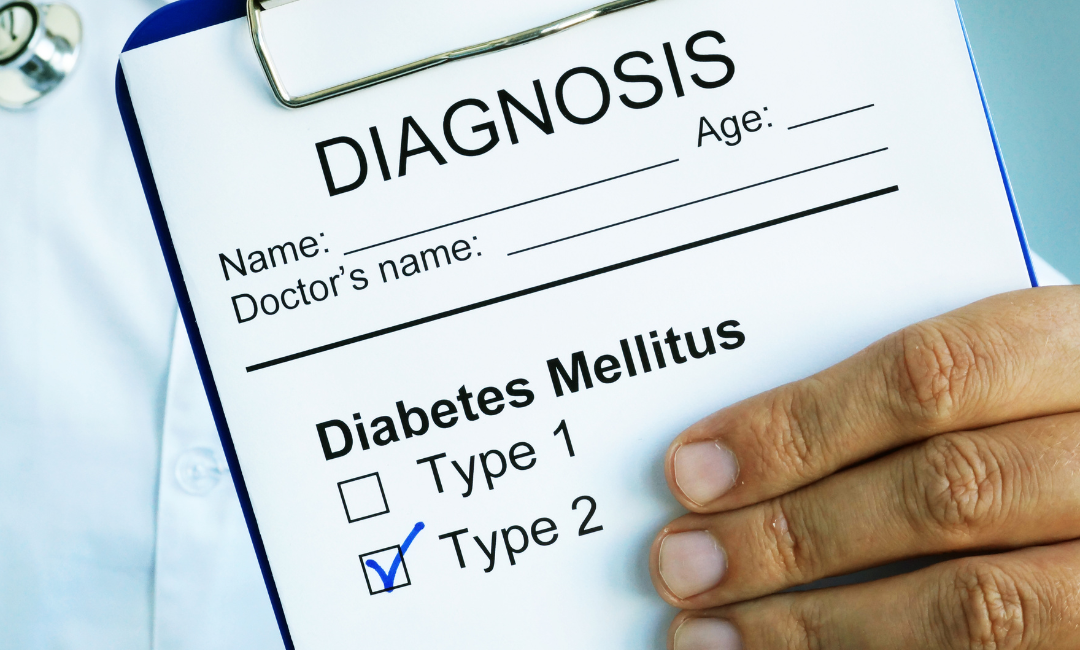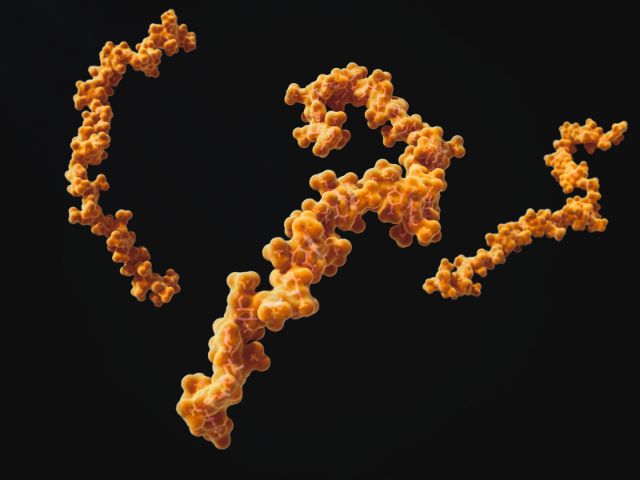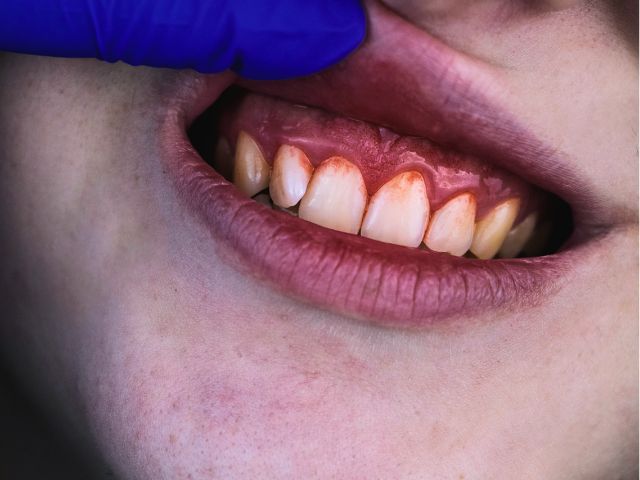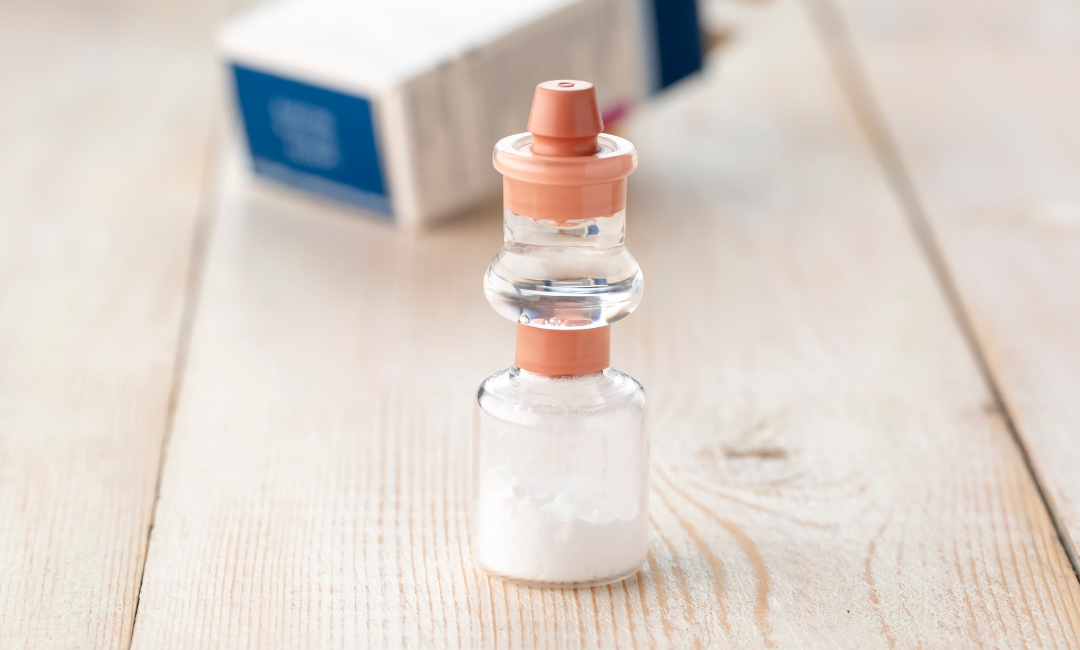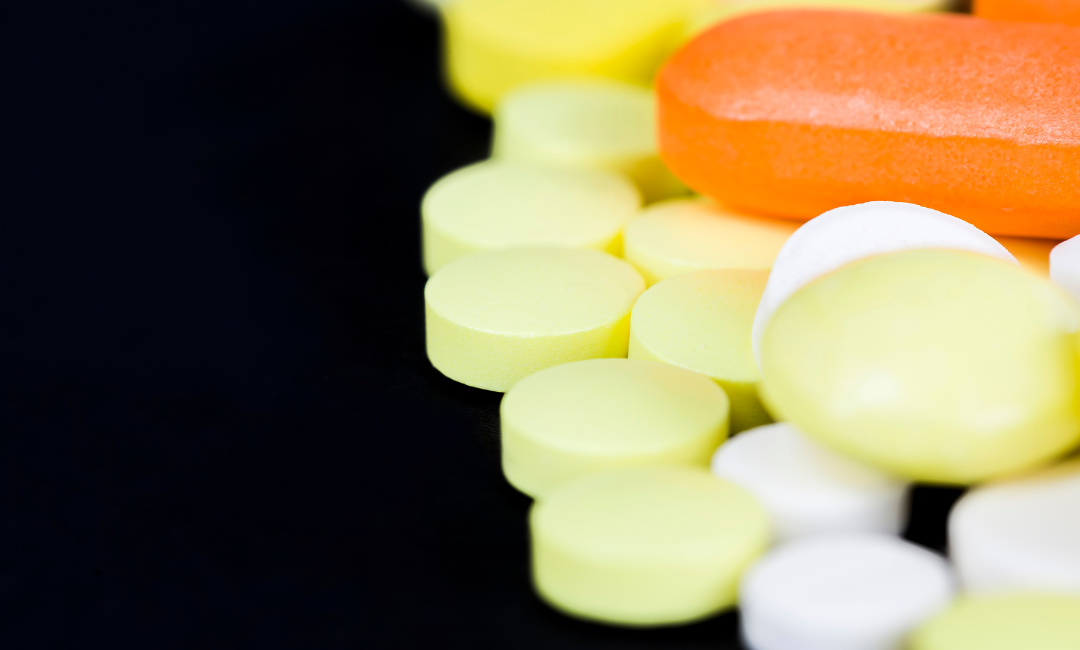Pharmacotherapeutics
Heparin is used in clinical conditions to prevent clot formation and extension of existing clots, in conditions, such as:
- For the prevention or treatment of venous thromboembolism– characterized by inappropriate or excessive intravascular activation of blood clotting with extending embolisms.
- Treatment of disseminated intravascular coagulation- a complication in which coagulation is increased.
- Treating arterial clotting
- Prophylaxis and treatment of thromboembolic disorders and thromboembolic complications associated with atrial fibrillation
- Acute myocardial infarction prevents thrombus formation and promotes cardiac circulation by preventing clot formation at the already formed site.
- Prevents clotting in arterial and cardiac surgery
Off-label use of heparin is in STEMI, non-STEMI, unstable angina, and as an anticoagulant during percutaneous coronary intervention.
Heparin is also used to prevent clot formation when the patient’s blood circulates out of their body, such as in:
- cardiopulmonary bypass machine
- hemodialysis machine
- extracorporeal circulation
- blood transfusions
Heparin is also used to prevent clot formation during intra-abdominal or orthopedic surgery because in these surgeries, often, the clotting cascade is activated excessively. In fact, heparin is the drug of choice for orthopedic surgery.
Low molecular weight heparins are also used to prevent deep vein thrombosis.
Drug Interactions
With heparin or its derivatives, following drug interactions can occur.
- When given concomitantly with oral anticoagulants, the clotting time can be increased more than desired. Keep an eye on the international normalized ratio (INR), and prothrombin time( PT) as it may be prolonged.
- The risk of bleeding increases when the patient takes other drugs such as nonsteroidal anti-inflammatory drugs (NSAIDs), iron dextran, clopidogrel, cilostazol, or an antiplatelet drug, such as aspirin, ticlopidine, or dipyridamole.
- Drugs that can inactivate the actions of heparin or its derivatives are antihistamines, digoxin, penicillins, cephalosporins, nitroglycerin, nicotine, phenothiazines, tetracycline hydrochloride, quinidine, neomycin sulfate, and IV penicillin. Therefore, when these drugs are being given concomitantly with heparin, monitor INR and prothrombin time.
- Nicotine intake can inactivate the actions of heparin or its derivatives. If your patient smokes cigarettes, it can interact with the anticoagulant action of heparin.
- Nitroglycerin can inhibit the effects of heparin or its derivatives.
- Administration of protamine sulfate and fresh frozen plasma counteract the effects of heparin and heparin derivatives.
- Herbs with anticoagulant and antiplatelet properties, such as garlic, ginger, and ginkgo biloba, may increase the risk of bleeding.
In lab tests, heparin may cause an increase in free fatty acids, serum ALT, AST; aPTT and may decrease serum cholesterol.
Cautions
Exercise precaution in the following conditions with heparin therapy:
- In patients allergic to pork
- Patients at risk for bleeding, such as those having congenital or acquired bleeding disorders, active GI ulcerative disease, hemophilia, concomitant platelet inhibitors
- Severe hypertension
- Menstruation
- Recent lumbar puncture or spinal anesthesia
- Recent major surgery or trauma
- The use of preservative-free heparin is recommended in neonates, infants, and pregnant or nursing mothers.
Contraindications
Heparin and its derivatives use are contraindicated in the following conditions:
- Patients hypersensitive to heparin
- Severe thrombocytopenia
- Uncontrolled active bleeding (unless secondary to disseminated intravascular coagulation DIC)
- History of heparin-induced thrombocytopenia (HIT)
- Heparin-induced thrombocytopenia with thrombosis (HITT)
- Patients who test positive for HIT antibody
Lifespan Considerations
- For pregnant women in the last trimester, use heparin with caution, especially in the postpartum period, because of the increased risk of maternal hemorrhage. Heparin does not cross the placenta and is not distributed in breast milk.
- In infants, benzoyl peroxide may cause gasping syndrome.
- The elderly are more susceptible to hemorrhage, and age-related renal impairment that can increase the risk of bleeding with heparin therapy.
Availability
In the form of an injection solution, heparin is available as:
- 10 units/mL, 100 units/ mL, 1,000 units/mL, 5,000 units/mL, 10,000 units/mL, 20,000 units/mL
As a premix solution for infusion, it is available as:
- 25,000 units/250 mL infusion, 25,000 units/500 mL infusion
Administration and Handling
When injecting, be mindful of following things with its administration and handling.
- Do not give by IM injection as it poses a risk of pain, hematoma, ulceration, and erythema at the injection site.
- For intravenous routes, Use in full-dose therapy.
- Intermittent IV dosage produces a higher incidence of bleeding abnormalities. Therefore, a continuous IV route is preferred.
- Premix solution needs no reconstitution. Infuse and
- Titrate per protocol using an infusion pump.
For subcutaneous administration:
- It is used in low-dose therapy.
- After withdrawl from the vial, change the needle before injection as it prevents leakage along the needle track.
- Inject above the iliac crest or in the abdominal fat layer.
- Do not inject within 2 inches of the umbilicus or any scar tissue.
- Withdraw the needle rapidly and apply prolonged pressure at the injection site.
- Do not massage or apply heat or cold to the injection site.
- Rotate injection sites.
IV Incompatibilities
Heparin is incompatible with the following drugs:
- Amiodarone (Cordarone)
- Amphotericin B complex (Abelcet, AmBisome, Amphotec),
- Ciprofloxacin (Cipro)
- Dacarbazine (DTIC)
- Diazepam (Valium)
- Dobutamine (Dobutrex)
- Doxorubicin (Adriamycin)
- Filgrastim (Neupogen)
- Gentamicin (Garamycin)
- Haloperidol (Haldol)
- Idarubicin (Idamycin)
- Labetalol (Trandate)
- Nicardipine (Cardene)
- Phenytoin (Dilantin)
- Quinidine (Cardioquin)
- Tobramycin (Nebcin)
- Vancomycin (Vancocin)
IV Compatibilities
Heparin and its derivatives are compatible with the following drugs:
- Ampicillin/sulbactam (Unasyn)
- Aztreonam (Azactam)
- Calcium gluconate,
- Cefazolin (Ancef)
- Ceftazidime (Fortaz)
- Ceftriaxone (Rocephin)
- Dexmedetomidine (Precedex)
- Digoxin (Lanoxin)
- Diltiazem (Cardizem)
- Dopamine (Intropin)
- Enalapril (Vasotec)
- Famotidine (Pepcid)
- Fentanyl (Sublimaze)
- Furosemide (Lasix)
- Hydromorphone (Dilaudid)
- Insulin
- Lidocaine
- Lorazepam (Ativan)
- Magnesium sulfate
- Methylprednisolone (SoluMedrol)
- Midazolam (Versed)
- Milrinone (Primacor)
- Morphine
- Nitroglycerin
- Norepinephrine (Levophed)
- Oxytocin (Pitocin)
- Piperacillin/tazobactam (Zosyn)
- Procainamide (Pronestyl)
- Propofol (Diprivan)
Adverse Reactions
An advantage of heparin therapy is that it produces relatively few adverse effects, which can usually be prevented if the patient’s PTT is maintained within the therapeutic range, like one and a half or two times the control.
The most common adverse effect of heparin therapy is bleeding. However, to reverse that, you can administer protamine sulfate that binds with the heparin and forms a stable salt.
Other adverse effects of heparin and its derivatives are:
- Bruising
- Hematoma formation
- Necrosis of the skin or other tissue
- Thrombocytopenia
